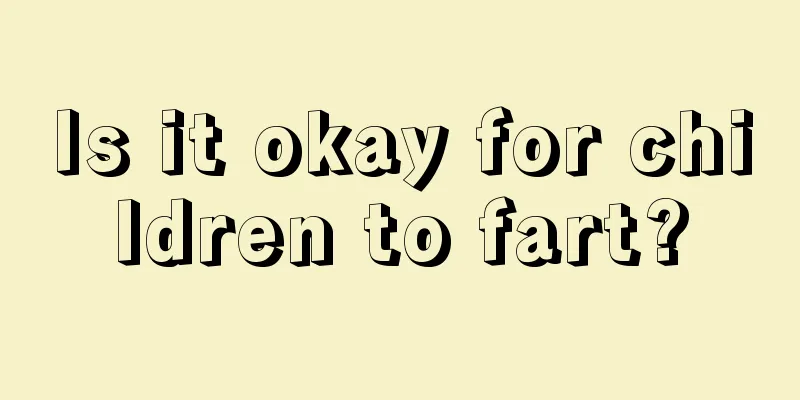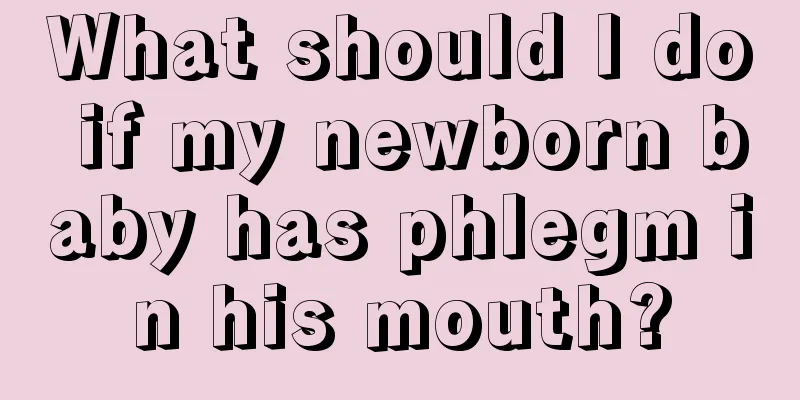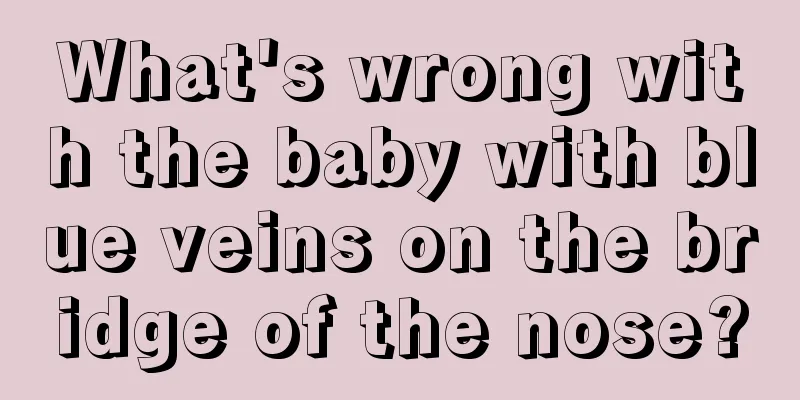Is it normal for deciduous teeth to have roots?

|
When children reach the age of five or six, their deciduous teeth will fall out one after another, and permanent teeth will appear. We often find that when children lose their baby teeth, it is very simple and not painful. The baby teeth often fall out with a touch and no roots are found. However, when some deciduous teeth are reluctant to fall out, if you extract them you will find that these teeth have some small roots. So, do deciduous teeth have roots? Deciduous teeth have roots or no roots. Deciduous teeth exist in the mouth for a long time and perform chewing functions. At this stage, they have roots. However, we see that fallen deciduous teeth have no roots or incomplete roots. This is caused by physiological resorption of the roots of deciduous teeth. Before the deciduous teeth fall out, the roots have already been absorbed. The location where the root surface of the deciduous teeth begins to absorb varies depending on the position of the permanent tooth germ. For example, in the case of incisors and canines, the permanent tooth germs are adjacent to the lingual side of the deciduous tooth roots. Therefore, the normal physiological absorption of the deciduous incisor and canine roots begins from the lingual side. In the deciduous molar area, the permanent bicuspids are between the root furcations, so the root resorption of the deciduous molars begins on the inner side of the root furcation. The absorption of the roots of deciduous teeth is a gradual process. First, it is due to the development of permanent tooth germs in the jaw, which move toward the occlusion direction. At this time, pressure is applied to the connective tissue between the permanent tooth germ and the deciduous tooth root, causing the local blood vessels to become congested and gradually transform into granulation tissue. At the same time, osteoclasts are differentiated to absorb the roots of deciduous teeth. After the cementum and dentin are absorbed, the pulp also transforms into granulation tissue and participates in the absorption process. As the tooth roots are absorbed, the deciduous teeth gradually become loose; after most of the tooth roots are absorbed, the teeth become more loose; at the same time, the gingival epithelial tissue also proliferates under the deciduous tooth roots, forcing the tooth roots to separate from the surrounding tissues and fall off. It can be seen from this that normally developed deciduous teeth do not have roots. If deciduous teeth have roots, it should be due to dental problems such as caries, which causes the roots to not be well absorbed. So if you find that your child has no roots when losing his or her baby teeth, this is normal and there is no need to worry. |
<<: At what age is it best for children to change their teeth?
>>: How can we improve children’s unclear speech?
Recommend
How to treat adolescent bone development?
The most common thing elders say when they see th...
What is good to drink to grow taller?
Height is very important for boys. Even if a boy ...
What is the treatment for hernia in children?
Many parents generally do not want to undergo sur...
What is the height and weight of a six-year-old child?
We all know that the standards of children's ...
What causes a child's stomach to be hot?
Because children have relatively weak resistance,...
What to do if your newborn is fussy
In today's society, children are treasures in...
How to treat multiple enchondromas in children?
Chondroma is a tumor disease that is very common ...
Treatment of black ringworm on the scalp in children, these methods must be mastered
Children are very prone to scalp ringworm, mainly...
Small pimples on the back of the child's hand
Because a child's skin is still developing an...
What is the situation of foamy stool in breastfed baby?
This may be due to indigestion in the baby. Only ...
Baby has diarrhea after taking jaundice medicine
Nowadays, many newborns have severe jaundice, so ...
Two month old baby loves to stick out his tongue
We all know that when a baby is two months old, h...
What are the treatment and prevention methods for children's night terrors?
Some babies often have night terrors when they ar...
At what age do girls start to develop
At what age do girls start to develop? Friends wh...
How to prepare children's nebulizer solution
Nebulizer therapy is a popular and effective trea...









